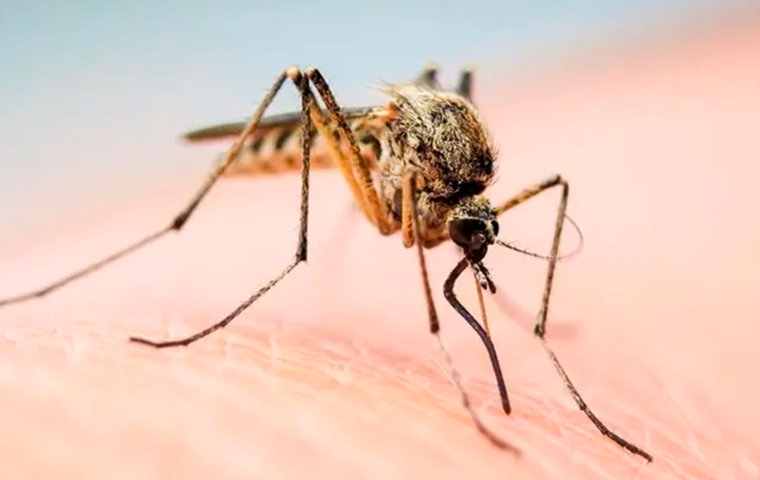
Mosquitoes pose a significant threat to human health as they can transmit various dangerous diseases, including Zika virus, which particularly affects pregnant women and can lead to birth defects. Globally, over 1 million people die from mosquito-borne diseases each year.
Mosquitoes can enter homes through open doors or windows and typically rest in dark, concealed areas during the day, becoming active at night to seek a blood meal. Breeding in standing water, properties near ponds, swampy areas, or those with water collection points are at a higher risk of mosquito infestation. While some species may be active at different times of the day, most mosquitoes emerge just before dusk and remain active throughout the night.
After mating, females require a blood meal to aid in egg production, laying their eggs in standing water sources such as bird baths, buckets, or mud puddles. Depending on the species, a female mosquito can lay over 100 eggs in a single laying.
The mosquito life cycle begins with wormlike larvae, known as wigglers, which hatch and feed until they are ready to molt into pupae, also called tumblers due to their tumbling motion in the water. Upon emerging from the pupae, adult mosquitoes harden their exoskeletons on the water surface before becoming fully matured.
